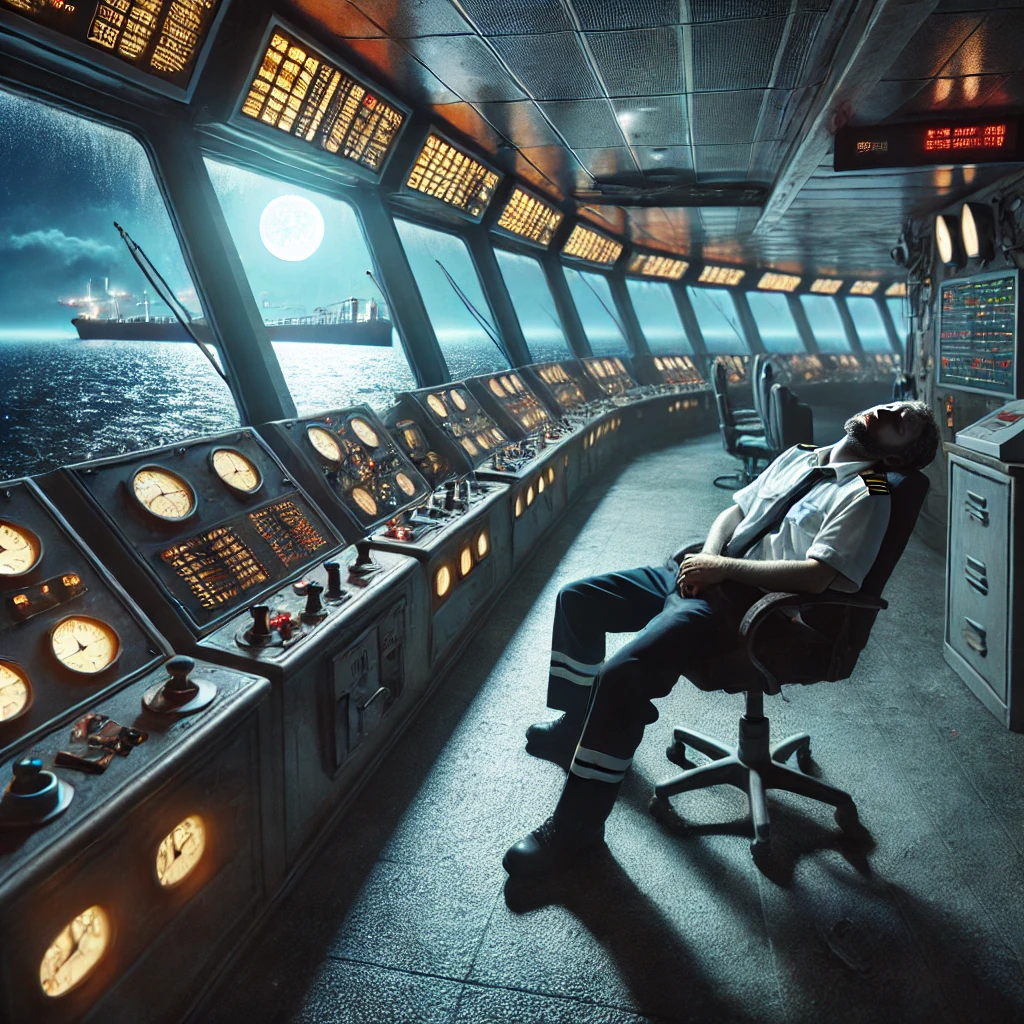maritime cyber security ECDIS will be at the heart of autonomous shipping
July 7, 2018 CYBER SECURITYECDISMARITIME CYBER SECURITY
maritime cyber security Kongsberg Maritime director of autonomy Peter Due explains why e-navigation and technology developed for the Yara Birkeland project will enable a future of autonomous shipping
ECDIS and e-navigation will be essential for generations of future autonomous ships. Although the first unmanned ships will be remotely controlled and operating in coastal waters, in the long term there will be ocean-going autonomous ships, with e-navigation technology monitoring their progress onshore.
IMO placed ocean-going autonomous vessels firmly on the global agenda during the Maritime Safety Committee (MSC) 99 session in May this year, by implementing a working group to conduct a regulatory scoping exercise for using MASS (Maritime Autonomous Surface Ships)*.
Kongsberg Maritime will be part of that working group and will deliver technology to the world’s first all-electric, zero emissions and autonomous container vessel, Yara Birkeland. This ship is scheduled to transport fertiliser products along a 30 nautical mile route to the ports of Brevik and Larvik next year and by 2020 is likely to be unmanned.
Kongsberg Maritime director of autonomy Peter Due said new navigation and collision avoidance systems that centre on e-navigation technology were needed for this project, as Yara Birkeland will operate on a busy waterway.
Kongsberg drew on its experience in autonomous underwater vehicles, dynamic positioning, ECDIS and sensor fusion as a foundation for autonomous navigation. But Mr Due explained to Marine Electronics & Communications that more development was required. “Harmonising with artificial intelligence, machine learning and digital twin technology enables the extreme level of safety required,” he said.
Mr Due said Yara Birkeland’s operations will be planned, pretested and optimised in the cloud using the Kognifai digital platform and its digital twin that Kongsberg generated. This includes navigation in different metocean conditions.
“The twin integrates all data including weather, currents, tides and temperature with a detailed physical ship model,” said Mr Due. “We can then decide the optimum route and simply transfer it to the ship’s autonomy engine, navigation systems and ECDIS when it is in port,” he continued.
“Once the ship sets off, sensor fusion comes into play, enabling the autonomy engine, working with the onboard digital twin and e-navigation systems to adjust and reroute at sea according to the going conditions and other vessels in the vicinity.”
It is this dynamism a fully autonomous navigation system requires that led to the establishment of the Hull to Hull (H2H) EU-funded research project. This will develop technical solutions for safer navigation in close proximity of other stationary or moving vessels and objects.
H2H will use the European Global Navigation Satellite System to enhance safety in busy waters and during close manoeuvring. “This will help mariners to make the correct navigation decisions and will create the fundamental conditions for autonomous vessel navigation,” said Mr Due. Data can be used as an input to an autonomy controller.
Navigational safety is essential if the benefits of MASS are ever to be truly realised”
Ensuring e-navigation and collision avoidance technology works correctly will be fundamental to autonomous shipping. “Navigational safety is essential if the benefits of MASS are ever to be truly realised,” said Mr Due.





